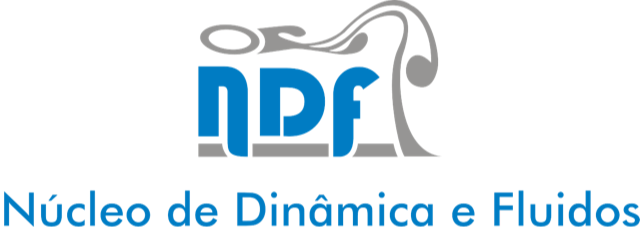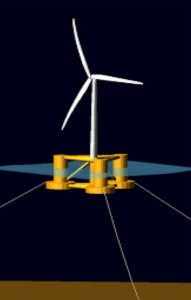Recently a paper has been published in the open access journal Wind MDPI, about the environmental impact and life cycle assessment of a deep water floating offshore wind turbine. In the study, we assume the turbine would be used to partly decarbonize an oil & gas production system located at the Brazilian continental shelf (Santos or Campos basin).
The results indicate that the environmental impact on marine fauna would be minimal, and that in terms of energy and carbon dioxide emissions, this solution is highly advantageous. The energy payback ratio is estimated to be 16.28, and energy payback time should be 1.23 years. This means that the turbine would produce during its lifetime 16+ times more energy than that required for its fabrication, installation and decomissioning, and that in only 1.23 years of operation the energy balance becomes favorable. Regarding carbon dioxide emissions, during its life cycle the floating turbine would release only 5% of the CO2 amount that is emitted by one of the cleaner gas turbines currently used in FPSOs, to produce the same amount of energy. Sensitivity analyses showed that the amount of steel recycled after the turbine is decomissioned and the capacity factor of the system are the most important parameters for GHG emission performance.
All in all, the investigation demonstrates the environmental and energetic feasibility of FOWTs as a measure of decarbonization for the offshore oil & gas sector. Surely, economic, technological and regulatory challenges still need to be overcome, but this paper adds to the positive prospect and high expectations that offshore wind power is gathering nowadays in Brazil.
We thank Dr Silvio de Oliveira, from Poli-USP, for sharing data with us, and Roberta Cox for some enlightening discussions and helping with information about environmental licensing of wind turbines and offshore facilities in Brazil. The work was sponsored by Petrobras, through a project coordinated by Alexandre N. Simos, whom we also thank for the support and discussions through the development of the work.
The full paper can be accessed at https://www.mdpi.com/2674-032X/2/3/27/htm

